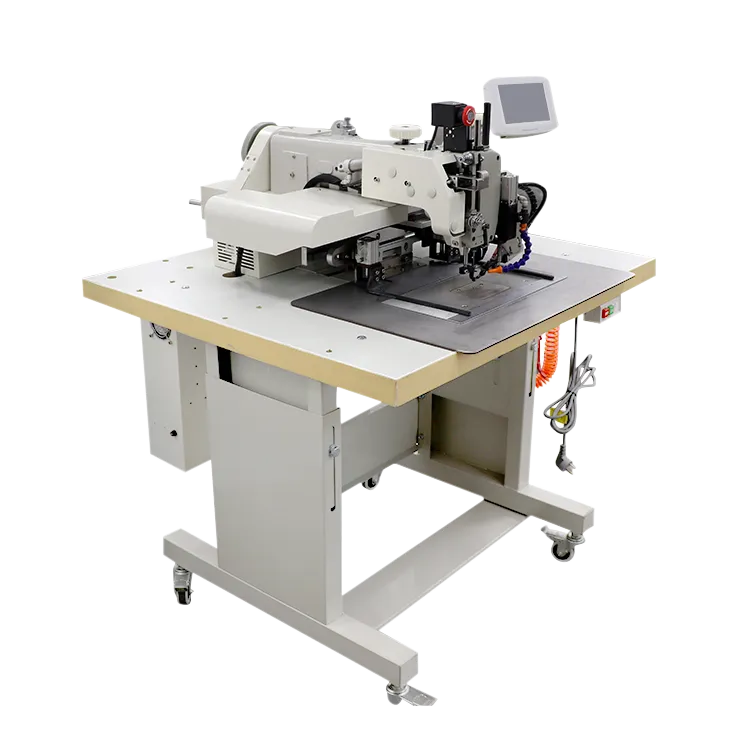Exploring the Use of Leather in Fashionable Dressmaking Techniques and Styles
Leather for Dressmaking A Unique Blend of Style and Craftsmanship
Leather has long been revered as a luxurious and versatile material in the world of fashion. From iconic jackets to elegant handbags, its appeal transcends trends and seasons. In recent years, leather has also carved out a niche in dressmaking, providing a stunning alternative to traditional fabrics. This article delves into the benefits of using leather for dressmaking, tips for working with this remarkable material, and some stylish ideas for incorporating leather into your wardrobe.
The Allure of Leather
Leather boasts several qualities that make it an excellent choice for dressmaking. Firstly, its durability is unmatched. Unlike many fabrics that may fray or wear out over time, leather can last for years, developing a unique patina that enhances its character. This longevity makes leather garments an investment, appealing to those who appreciate sustainable fashion.
Furthermore, leather adds a distinctive texture and richness to clothing. It drapes beautifully and can be manipulated in a variety of ways, from structured designs to soft, flowing silhouettes. The versatility of leather allows designers to create stunning dresses for various occasions, ranging from casual daywear to formal evening attire.
Additionally, leather is available in various finishes and textures, including smooth, pebbled, suede, and distressed options. This wide range allows for endless creativity in dressmaking, enabling designers to play with contrasts and combine different leather types for a unique look.
Tips for Working with Leather
While leather is a rewarding material to work with, it also presents its own set of challenges. Here are some tips to ensure a successful dressmaking experience with leather
1. Choose the Right Type of Leather Different types of leather have varying weights and textures, so it’s essential to select a leather that suits your design. Lighter leathers such as lambskin or goat leather are more forgiving and easier to sew, while heavier leathers like cowhide provide structure.
2. Invest in Proper Tools Working with leather requires specialized tools. A heavy-duty sewing machine, leather needles, and quality thread are necessary to handle the thickness and toughness of the material. Additionally, consider using a walking foot to help feed the leather through the machine evenly.
leather for dressmaking

3. Practice Cutting Techniques Leather doesn’t behave like typical fabrics; it can stretch and shift during cutting. Use a rotary cutter for clean, precise lines and ensure you have sharp blades. It’s advisable to practice on scraps before proceeding with your main project.
4. Mind Your Seams When sewing leather, opt for techniques that minimize bulk, such as flat-felled seams. Using a Teflon foot or a roller foot can help prevent sticking and ensure smooth movement while sewing.
5. Finish the Edges Edges can be raw and unfinished when working with leather, leading to fraying. To create a polished look, use edge finishing techniques such as burnishing or applying leather binding.
Stylish Ideas for Leather Dresses
When it comes to incorporating leather into your wardrobe, the possibilities are virtually endless. Consider the following ideas for stylish leather creations
1. A-Line Leather Dresses An A-line silhouette made from soft leather provides a flattering fit while maintaining an air of sophistication. Pair it with ankle boots for a chic look.
2. Leather Wrap Dresses Combining the classic wrap dress style with leather offers a modern twist. Experiment with asymmetrical cuts or unexpected color combinations for a bold statement.
3. Leather Jumpsuits For those seeking an edgier look, a leather jumpsuit can be both stylish and comfortable. Accessorize with a belt to cinch the waist and add definition.
4. Leather Biker Dress Channel the rebellious spirit of the biker aesthetic with a fitted leather dress featuring zippers and studs. This style works well for evening events or casual outings.
In conclusion, leather for dressmaking presents a unique opportunity to create stunning, high-quality garments that exude style and durability. By understanding the intricacies of working with leather and embracing its diverse applications, you can craft timeless pieces that stand the test of time in both fashion and functionality.
-
Industrial Cylinder Arm Sewing Machine: Revolutionizing Heavy-Duty SewingNewsJul.28,2025
-
Cylinder Arm Sewing Machine: Perfect for Special Sewing ApplicationsNewsJul.28,2025
-
Cylinder Bed Sewing Machine: Essential for Sewing Complex MaterialsNewsJul.28,2025
-
Heavy Duty Sewing Machine: The Essential Tool for Industrial ApplicationsNewsJul.28,2025
-
Computerized Pattern Sewing Machine: Revolutionizing Precision StitchingNewsJul.28,2025
-
Heavy Duty Industrial Sewing Machine: Power Meets PrecisionNewsJul.28,2025
-
Leather Sewing Machine: The Industrial Standard for Tough MaterialsNewsJul.18,2025





























